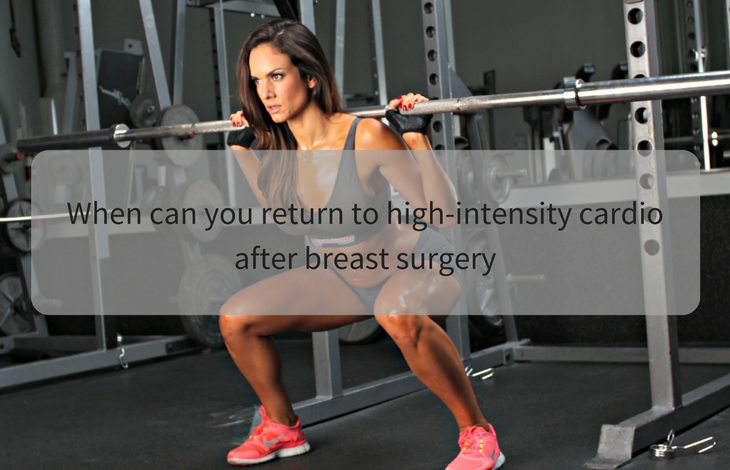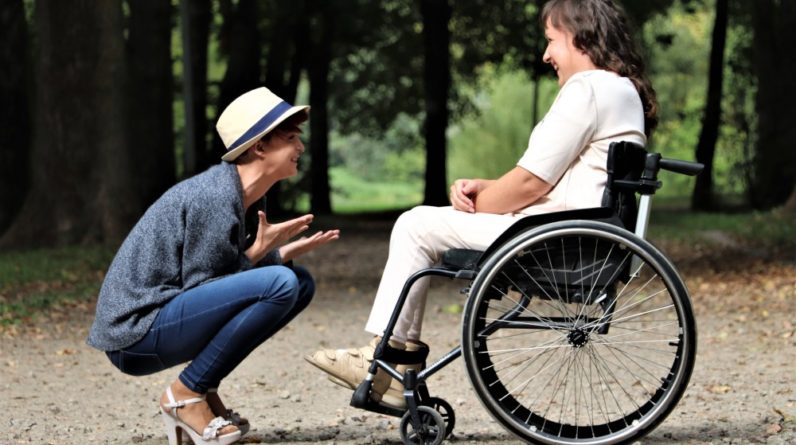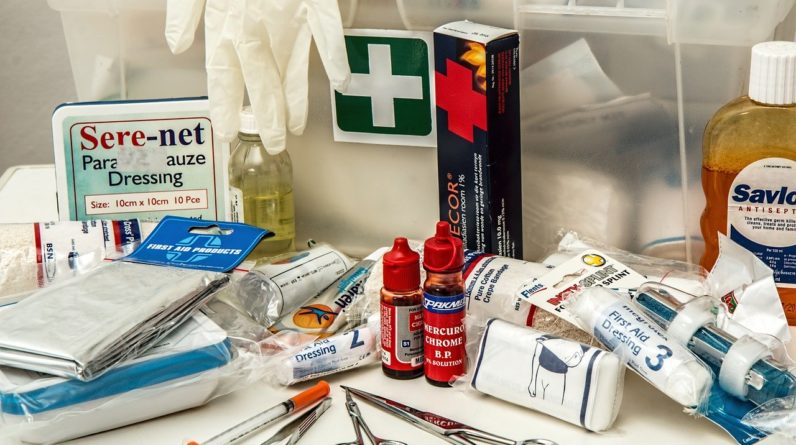
There are lots of misconceptions related to cosmetic surgery. The most common one is that surgery is a ‘quick fix’ or ‘easy option’ for people who don’t want to put the work in. This assumption is often applied to patients who opt for tummy tucks, staples, pec implants, or liposuctions.
Breast surgery patients might not be seen as ‘lazy’, but they will often be misrepresented as vain. The truth is body image has a massive impact on our well-being. When we feel good about how we look, it spills over into all areas of our lives, so don’t focus on other people’s opinions. Do what feels right for you. But consult your doctor first, and make sure you do it the right way, and that you get a respectable surgeon to do it for you.
On the issue of breast implants, the patient demographic is wide. Some patients get implants to boost their careers. It’s not just showbiz stars and models. Professional bodybuilders regularly have their breasts augmented. This is because they have intense diets and exercise regimes. Bodybuilders have minimal body fat as a result of their lifestyles, and that means a lot of their breast and butt tissue burns to flatness.
Bodybuilding is an aesthetic sport as well as an athletic one, so female performers are often advised to augment their breasts for better judging scores. For women who earn their living using both their gorgeous figures and their fitness levels, breast augmentation can be a worrying prospect. Yes, they need to look the part, but they’re probably worried that their recovery time will interfere with their strict exercise schedule.
While doctors understand that missing as little as three days of exercise can mess with a patient’s fitness cycle, it’s equally important for patients to put their health first. Resuming exercise too soon can lead to ripped sutures, internal bleeding, infection, and other medical complications.
In the case of implants, it may even shift them around before they settle properly. Premature exercise can lead to excessive swelling, which increases pressure on the skin and can undo the effect of surgery altogether. Exercise matters, but so does effective recovery.
If you’re the kind of person that needs to exercise everyday, you might consider switching to low impact exercise for the time being. It will keep your metabolism active without aggravating your surgical wounds. Walking is fine, and you can walk right after surgery, though you should probably wait until your anaesthesia has worn off.
Take it easy for the first few days. No power walking. Stick to easy strolls and leisurely movement. An easy way to remember your parameters is 2 kph at 2 weeks, 3kph at 3 weeks, 4kph at 4 weeks, and 5 kph at 5 weeks.
By the 6th week, you can resume your regular workouts, but start slowly and pace yourself. Don’t just dive in, or your whole body will protest, not just your breasts. Remember, your muscles have been largely inactive for more than a month, so jumping straight to burpees and chin ups might do more harm than good.
While you can’t do your usual cross-fit routine for up to a month, you can do basic exercises like stationary cycling or light dancing. Exercise that doesn’t need you to raise your arms or bounce your breasts is preferred for the first three to four weeks, so no running, skipping, or aerobics.
Give your breasts some time to chill so they can heal properly and look their best. You can also work with your trainer to develop a temporary routine that won’t strain your boob job. Remember that most gym work uses your core even if you’re not actively exercising the top half of your body. Legwork, for example, relies on your tummy and spine for support, so it can still affect your breasts.
Bottom line, no high-intensity workouts or gym activity for at least a month, and take it slowly when you do resume your workouts. In the meantime, try walking and stationary biking. Spinning is controversial, because some positions on the routine require you to cycle while standing or lean forward, which applies pressure on your breasts. You should probably avoid that for a few weeks as well.





